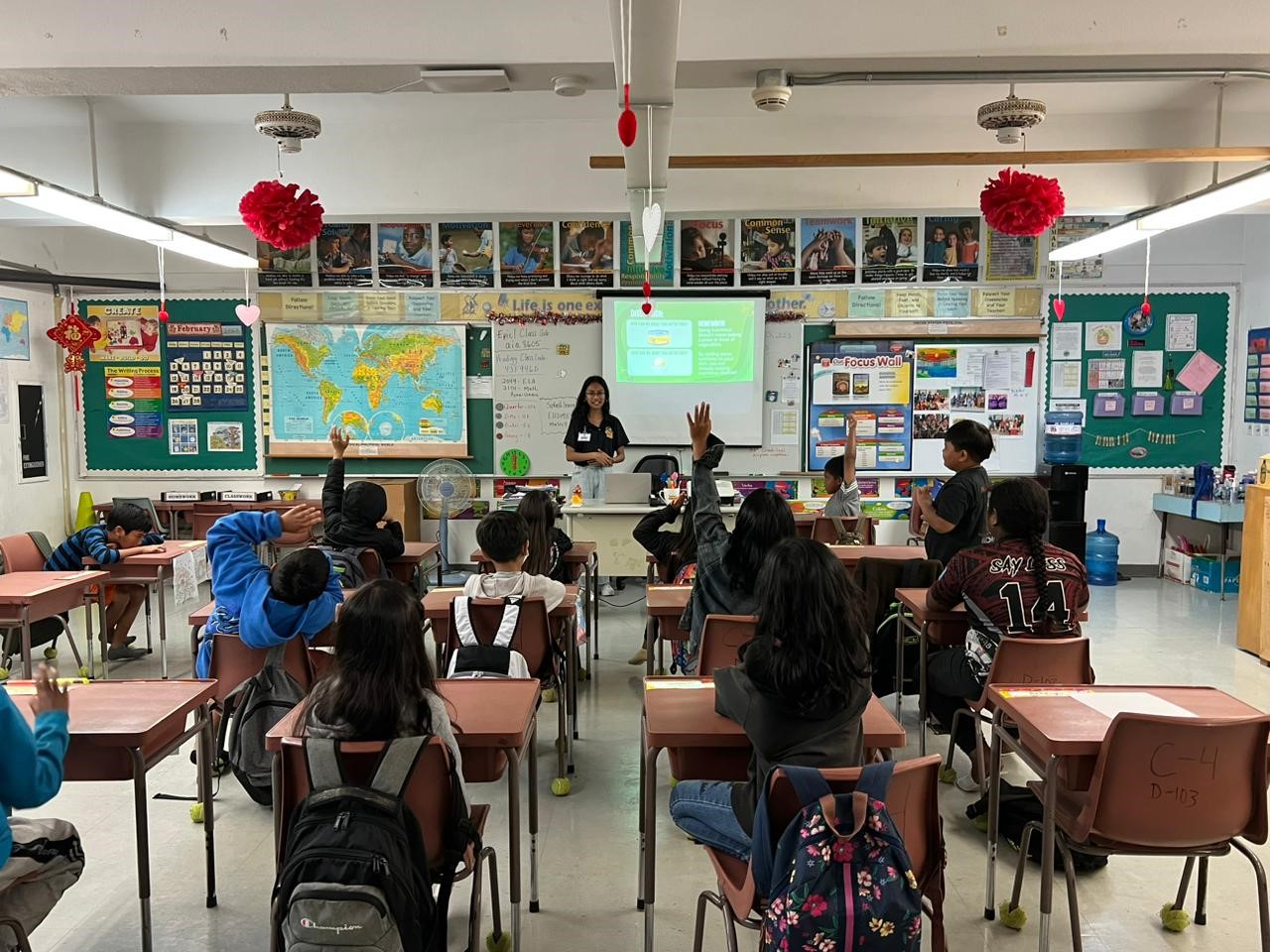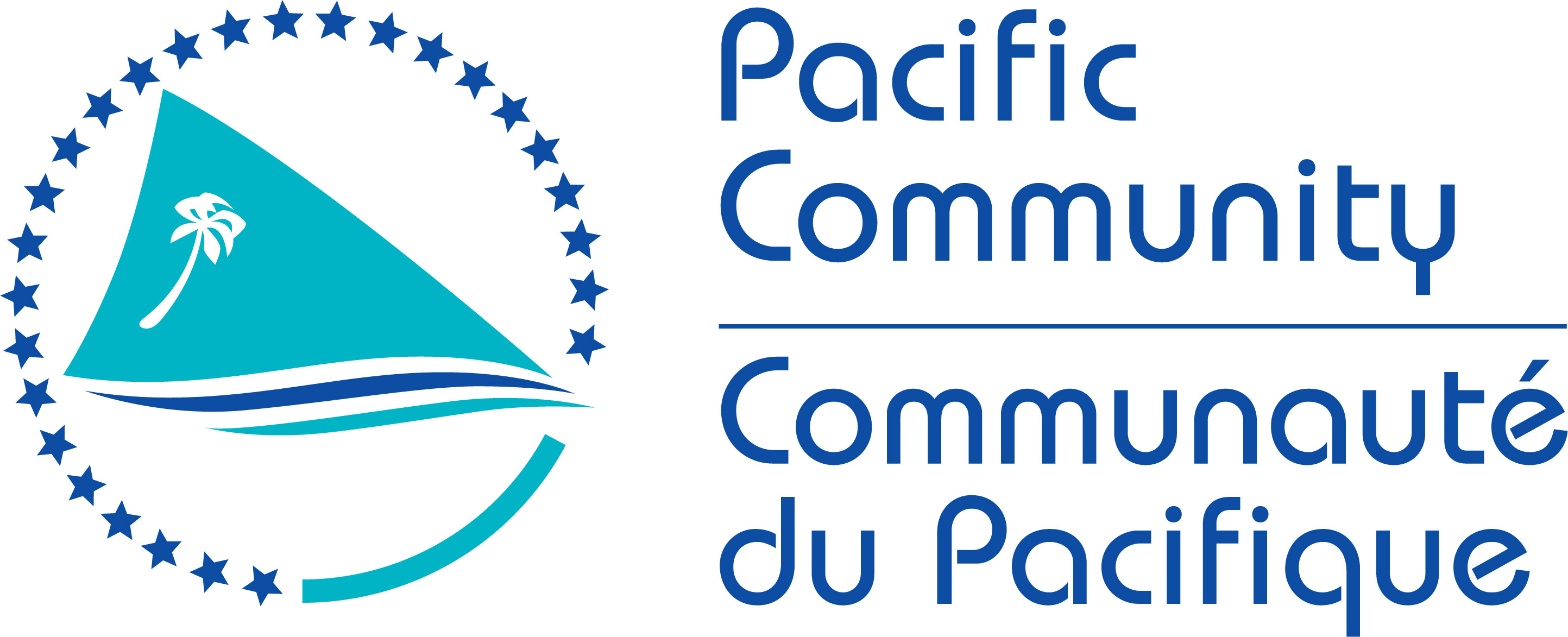- Climate Change and Environmental Sustainability
- Educational Quality and Assessment
- Fisheries, Aquaculture & Marine Ecosystems
- Geoscience, Energy and Maritime
- Land Resources Division
- Public Health Division
- Regional Rights Resource Team
- Social Development Program
- Statistics for Development Division
- Special Projects
Empowering youth to champion healthy living and prevent Non-Communicable Diseases in the Pacific

Our youth are our future. We must ensure that they practice healthy lifestyle choices and behaviours, empowering them to become future champions and influencers of healthy living in our communities.
Changing Perspectives: Let’s Talk About Obesity!
Today is World Obesity Day with the theme Changing Perspectives: Let’s Talk About Obesity!
Remember obesity is preventable so don't forget to keep a healthy diet and stay physically active!
World No Tobacco Day 2022 focuses on health and environment
Today is World No Tobacco Day and public health champions around the world are marking this day by focusing on the harmful impacts of the tobacco industry on the environment.
The "Hauhaulele" va'a club has a section open to young women who want to get in shape through physical activity. This weekend they also benefited from a culinary workshop with a dietician to improve their daily diet.
The SPC Pacific NCD Youth Ambassadors programme was launched to support creative activities led by young people to raise awareness on prevention and control of NCDs - Not only for young people, but for their whole community.
A healthy diet is critical to the healthy development of a growing baby and pregnancy is an opportunity to promote good health and break the cycle of non-communicable diseases (NCDs). Maternal pre-pregnancy obesity increases the risk of gestational diabetes and birth complications as well as predisposing the child to low or high birthweight and at risk of developing NCDs later in life.
The Pacific Community’s (SPC) Public Health Division (PHD) has published a handbook to guide the development of a National multisectoral Non-Communicable Diseases (NCDs) plan and the establishment of a multisectoral committee to oversee the implementation of the plan.
Pagination
- Page 1
- Next page

